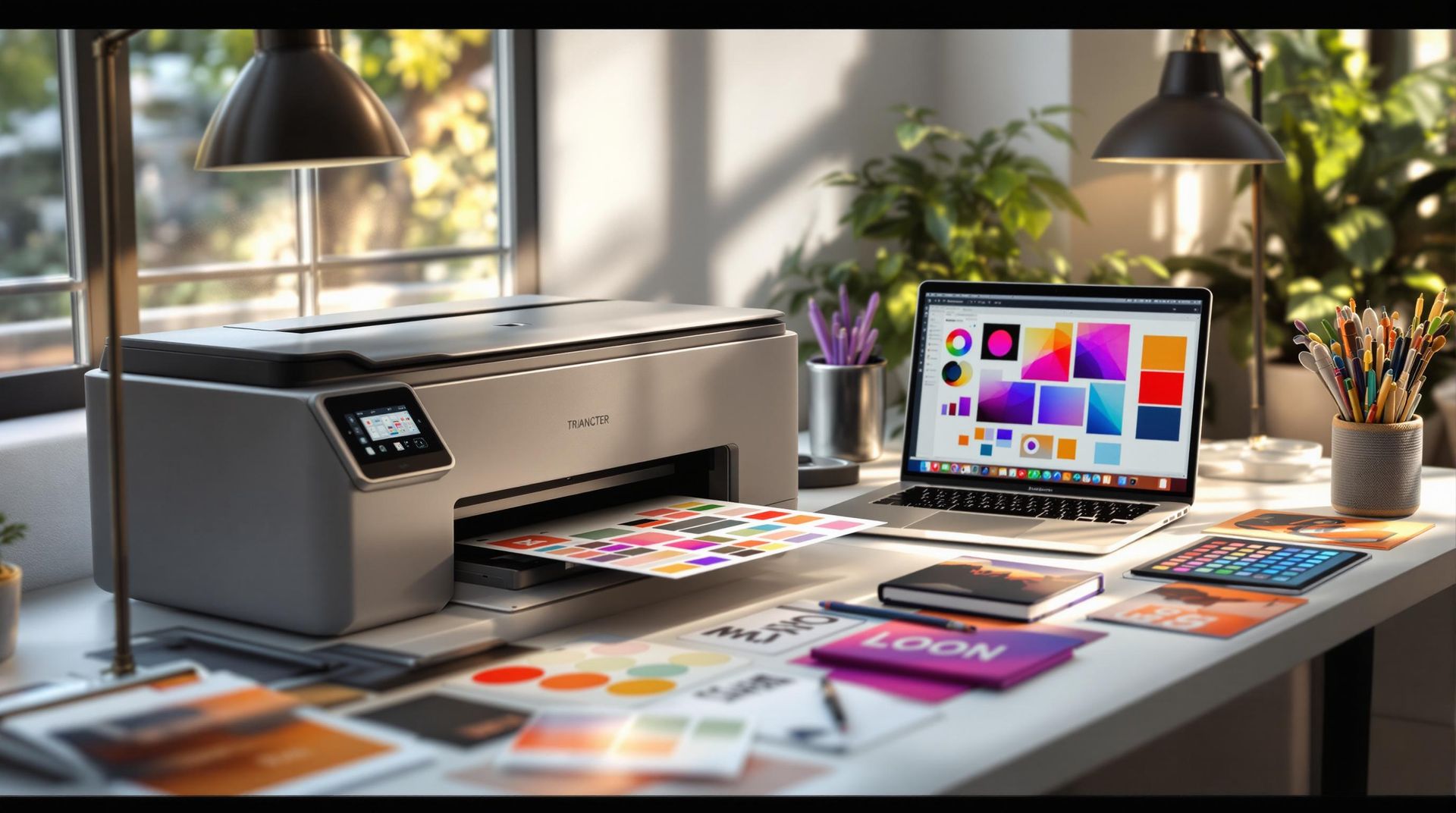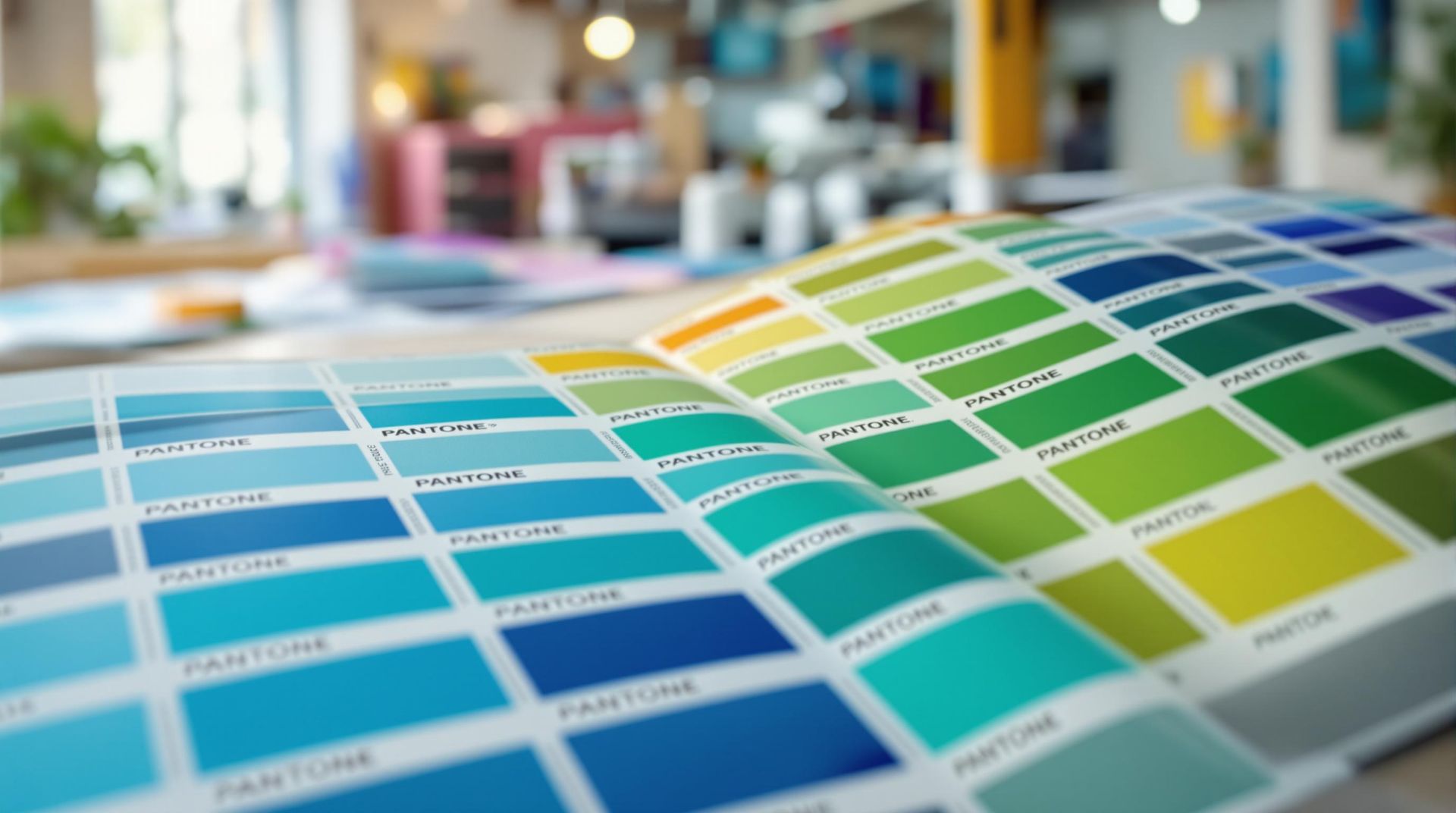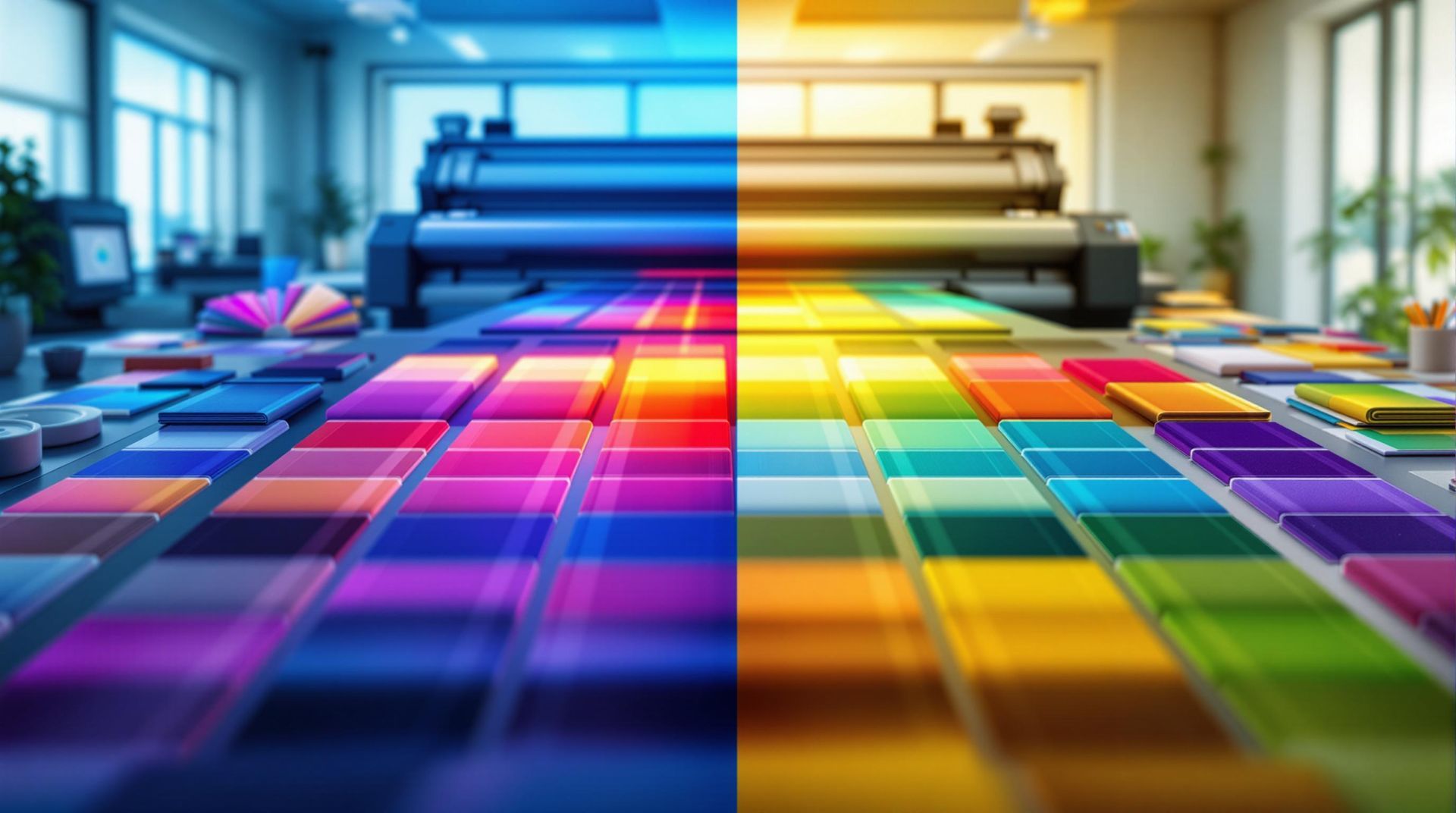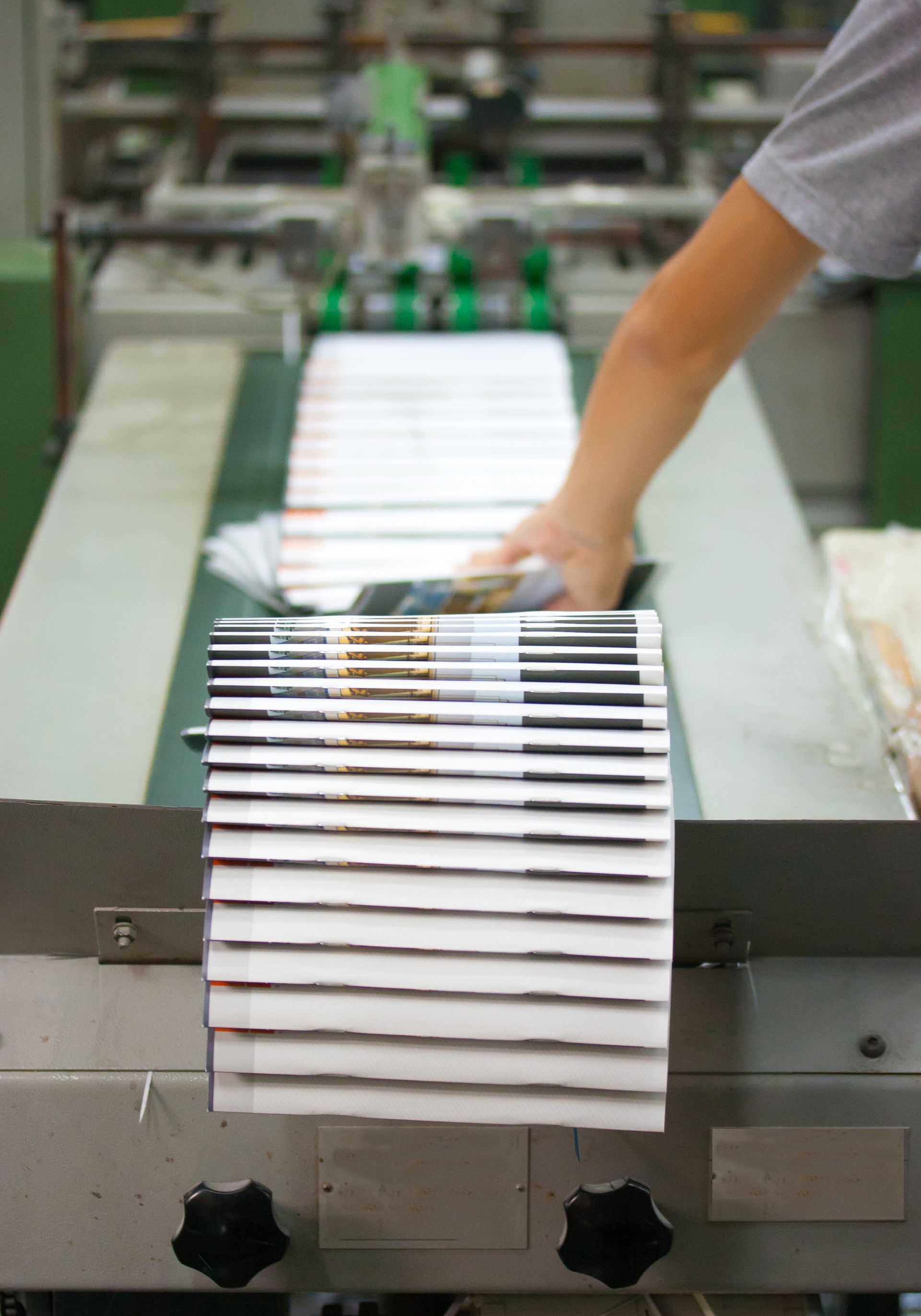Cost-Saving Tips for Sustainable Paper Choices
Switching to eco-friendly paper can save money, reduce waste, and lower environmental harm. Here’s how you can make smarter paper choices:
- Double-Sided Printing : Cuts paper use by 50% instantly.
- Use Recycled or FSC -Certified Paper : Saves energy by up to 70% and reduces waste.
- Optimize Layouts : Adjust margins, use ink-efficient fonts, and avoid blank pages.
- Print Management Tools : Track usage, enforce policies, and reduce costs by 20-30%.
- Partner with Eco-Friendly Printers : Services like layout optimization and digital printing reduce waste and costs.
Quick Comparison :
| Strategy | Cost Savings | Environmental Benefits |
|---|---|---|
| Double-Sided Printing | 40-50% paper cost | Cuts paper use by half |
| Recycled Paper | Up to 70% energy | Saves 17 trees per ton |
| Print Management Software | 20-30% costs | Reduces waste by 15-20% |
Start small by adjusting printer settings, choosing sustainable paper, and collaborating with certified printers for larger projects. These steps can reduce costs while supporting sustainability goals.
5 Simple Ways to Increase Efficiency and Decrease Costs With Green Printing Solutions
Strategies for Cost-Effective Eco-Friendly Paper Choices
You can make smarter paper choices that are both budget-friendly and better for the environment. Here’s how to strike a balance between cost savings and sustainability.
Use Double-Sided Printing
Switching to double-sided (or duplex) printing is an easy way to save money and reduce waste. It can cut paper use by 50% [1] [4] .
| Strategy | Cost Savings | Environmental Benefits |
|---|---|---|
| Set duplex as default | Cuts paper costs by 40-50% | Lowers energy use |
| Use print preview | Avoids waste from mistakes | Reduces unnecessary prints |
| Batch printing jobs | Saves energy costs | Limits printer emissions |
Choose Recycled or FSC -Certified Paper
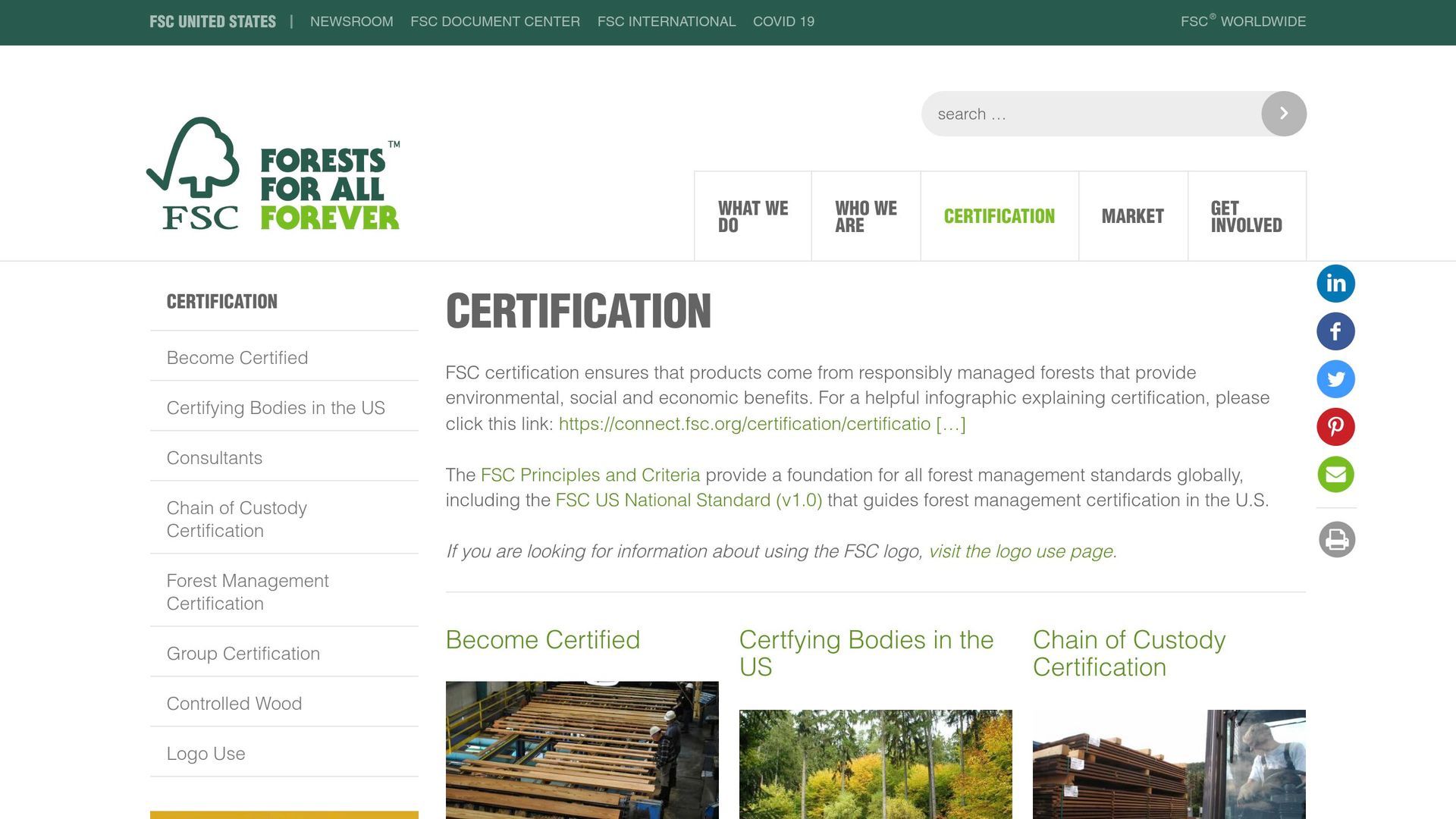
While recycled paper can be up to 30% pricier than standard options [3] , FSC-certified paper offers a more affordable way to make eco-conscious choices. In the UK, over 67% of commercial printing paper is FSC or PEFC certified [3] , so it’s widely available.
Another option is lightweight, high-quality paper. It feels premium but is more efficient, potentially saving up to 10% on delivery costs compared to heavier paper stocks [3] . This approach balances cost, quality, and sustainability.
Optimize Document Layouts
Tweaking your document layouts can cut down on paper use and expenses. Here are a few practical tips:
- Reduce margins and eliminate blank pages to maximize space.
- Pick fonts that use less ink.
- Use layout tools to compress content effectively.
Print management software can help you track these improvements and find more ways to save. Companies like Miro Printing & Graphics Inc. specialize in helping businesses adopt these practices, ensuring professional results while cutting costs.
For businesses looking to take it further, working with eco-friendly printing services can help maximize these strategies.
sbb-itb-ce53437
Tools and Technology for Eco-Friendly Printing
Choosing the right paper is just the start – using technology can make your printing process more efficient and cost-effective.
Use Print Management Software
Print management software helps businesses monitor usage and reduce waste. Tools like PaperCut allow organizations to track printing habits and enforce policies such as double-sided printing [1] .
| Feature | Business Benefit | Savings Potential |
|---|---|---|
| Usage Analytics | Identifies heavy print users | 15-20% less waste |
| Policy Enforcement | Automates double-sided printing | Up to 40% paper savings |
| Cost Allocation | Tracks usage by department | 25% budget improvement |
Add User Authentication for Printing
Requiring user authentication makes employees more mindful of their printing habits. This step can cut unnecessary printing and reduce costs by as much as 30% [5] . It also eliminates unclaimed print jobs, lowering waste.
Preview Before Printing
Previewing documents before printing can help catch mistakes, cutting paper waste by up to 25% [2] . Take a moment to check page layout, margins, fonts, images, and colors to avoid costly errors.
Companies like Miro Printing & Graphics Inc. specialize in pre-press reviews to spot issues early. Their digital printing services include advanced preview tools that optimize documents for both cost and environmental benefits.
While in-house technology can make a big difference, working with eco-conscious printing services can take your efforts even further.
Working with Eco-Friendly Printing Services
Teaming up with eco-friendly printing services can help cut costs and reduce your environmental footprint. These providers are equipped with the tools and know-how to deliver sustainable solutions more effectively than handling it internally.
Miro Printing & Graphics Inc.
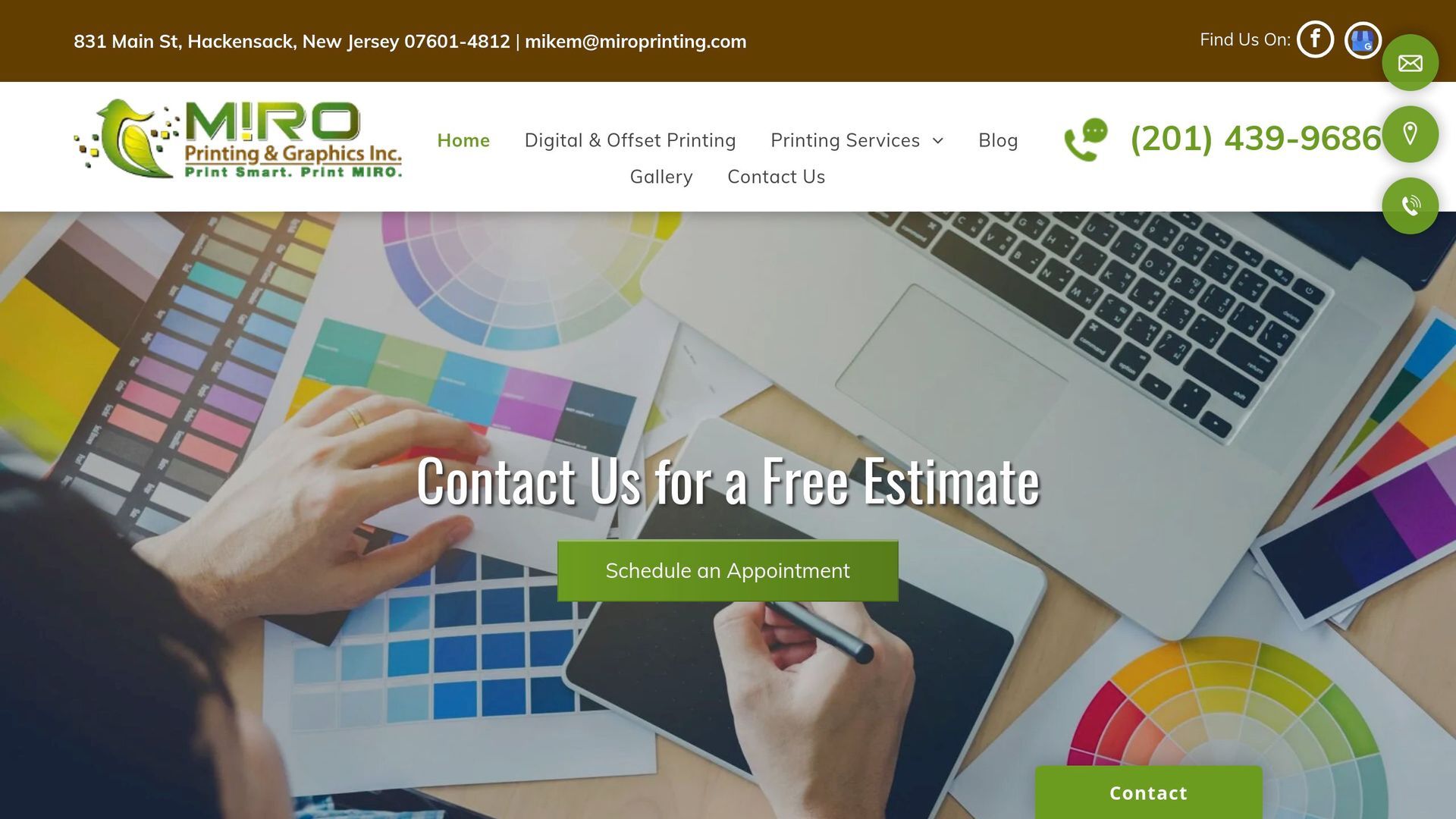
Located in Hackensack, NJ, Miro Printing & Graphics Inc. focuses on sustainable printing. Their services include digital printing, layout optimization, and in-house bindery, all aimed at cutting costs and reducing waste.
| Service Feature | Cost-Saving Benefit | Environmental Impact |
|---|---|---|
| Digital Printing | Lowers setup waste | 30% less material waste |
| Layout Optimization | Maximizes paper usage | Reduces trim waste |
| In-house Bindery | Cuts transport costs | Lowers carbon footprint |
| Custom Projects | Tailored solutions | Avoids overproduction |
Why Choose Eco-Friendly Printers?
Working with eco-friendly printers offers a range of benefits that align with sustainability goals:
Advanced Technology and Resources
These printers use cutting-edge eco-friendly equipment and buy materials in bulk, saving you from needing expensive machinery while ensuring efficient resource use.
Sustainable Materials
Many professional printers offer innovative options like Crush Corn Maize paper, made from vegetable residue. These materials are environmentally friendly without adding extra costs.
Certifications for Quality and Sustainability
Choose printers with certifications like ISO 14001. These ensure your projects meet high-quality standards while adhering to environmental guidelines, keeping your printing both eco-conscious and cost-effective.
Conclusion: Eco-Friendly Printing Practices
Key Takeaways
Choosing sustainable paper not only cuts costs but also helps reduce environmental harm. Using print management software and improving layout designs can lead to noticeable savings and a smaller ecological footprint. These tools allow businesses to track printing habits and find ways to reduce paper usage effectively.
Combining in-house efforts with partnerships with environmentally conscious printing services creates a well-rounded approach. Eco-friendly print shops can support sustainability goals while maintaining high-quality results.
Steps to Get Started
Ready to make a change? Here are some steps to kick off your sustainable printing practices:
- Adjust Printer Settings and Track Usage : Set double-sided printing as the default and use print management software to monitor and optimize usage.
- Choose Sustainable Paper : Opt for FSC-certified paper for everyday printing tasks.
- Work with Certified Printers : For larger projects, select printing services that hold ISO 14001 certification [3] [1] .
Collaborating with environmentally aware printers, such as Miro Printing & Graphics Inc., can strengthen your efforts and help you achieve your sustainability goals.
| Action | Impact | Timeline |
|---|---|---|
| Double-sided Printing | Cuts paper use by 50% | Immediate |
| FSC-certified Paper | Lowers environmental harm | Within 30 days |
| Print Management Tools | Saves 20-30% on costs | 60-90 days |
Building a sustainable approach takes consistent effort and regular review. By continuously evaluating and improving your strategies, you can make a lasting positive impact on both your business and the planet. Stay committed, and the results will follow.




